Learning about the amazing and powerful benefits of therapeutic-grade essential oils is fascinating; but, it can also be overwhelming. One oil may have dozens of unique common uses, and trying to keep it all straight can, at times, seem daunting.
However, once you have started building your own all-natural stash, and after a while of using your essential oils on a daily basis, you’ll find yourself becoming more and more familiar wi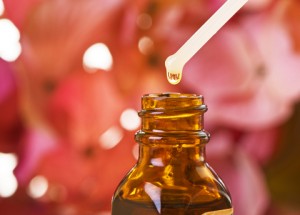 th their names and uses quickly. Soon, your confidence in using essential oils to support your family’s ongoing wellness will grow!
th their names and uses quickly. Soon, your confidence in using essential oils to support your family’s ongoing wellness will grow!
Be sure to utilize a good essential oil reference book, and continue to study and explore the many uses for your oils, but this short “get started” guide should help you on your road to confident “oiling.”
Storage
It is always best to store your oils in a dark place, away from light, especially sunlight. Therapeutic-grade essential oils have a very high frequency. The frequency is an important component of their beneficial effects. Sunlight and other kinds of radiation can lower the frequency and compromise the potency. Do not store your oils in metal, plastic, or clear glass.
Spoilage
Most therapeutic-grade essential oils do not spoil. In fact, essential oils were discovered unspoiled in excavations from ancient tombs in Egypt. And, because of the amazing protective properties of essential oils, they are often used in other natural products to help preserve them.
General Use
Each 15 ml bottle of Young Living Therapeutic Grade Essential Oil contains approximately 250 drops. Essential oils may be applied topically, inhaled, or used internally (see guidelines below).
Certain Young Living essential oils are labeled as “supplements” and are for internal use. This may not be true with other brands, as lower quality oils may be toxic. CLICK HERE for more information about red flags to look for when choosing an essential oil brand. I personally only recommend Young Living essential oils for internal use, since I trust their quality and purity.
Young Living essential oils that are labeled as “supplements” may be ingested by putting directly on the tongue, placed in a capsule, added to recipes or tea, rubbed on the gums, or added to a glass of water. The amount used depends upon the essential oil.
Topical Use
Essential oils may be applied neat (undiluted) or diluted with a carrier oil (any organic fatty oil). Pour a few drops into the palm of your hand. Dip the index finger of the other hand into the oil and apply where needed.
Most therapeutic-grade essential oils are safe to use neat. However, be very careful with the “hot” or “spicy” oils. The hot oils may cause a burning sensation on the skin. Depending up where the oil is applied, it will most likely need a carrier oil (almond, olive, coconut, Young Living’s V-6 oil etc.). For instance, your face is usually more sensitive than the bottoms of your feet. 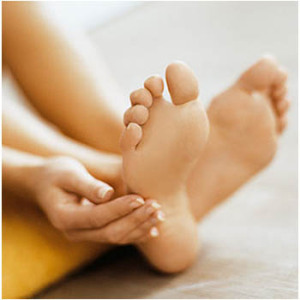
It is always a good idea to put a very small amount of the oil on your inner arm and wait to see if it causes a reaction before you use it liberally. If you use an essential oil and then have an unwanted reaction, do not use water to wash it off. Water may actually intensify the unpleasant effect. Use any vegetable oil that is handy to dilute the oil and then wash with soap and water.
Of course, if you want to intensify a desired effect (on occasional sore muscles, for example), by all means use water to drive the oil deeper into your tissues. Apply the oil, and then put a hot compress over it or get into the bath or shower.
Do not pour essential oils directly into the bath, as the oils will float on top. Either apply the oil to your skin before getting into the bath or shower; or, add a few drops of oil to some Epsom salts and add to the bath.
Essential oils easily penetrate the skin and enter the blood stream because of their extremely small molecular size. One drop of essential oil used on the skin may be in every cell in the body within 20 minutes of application (this is one reason it is so important to use only therapeutic-grade oils).
Consult your favorite reference book for specific application direction.
Inhaling/Diffusing
Diffusing essential oil into the air is another very effective means of experiencing powerful effects. It is important to diffuse the oils without using any heat. Therapeutic-grade essential oils are purposely distilled at low temperatures to preserve the fragile therapeutic components. Applying extreme heat to them when diffusing can destroy some of those components.
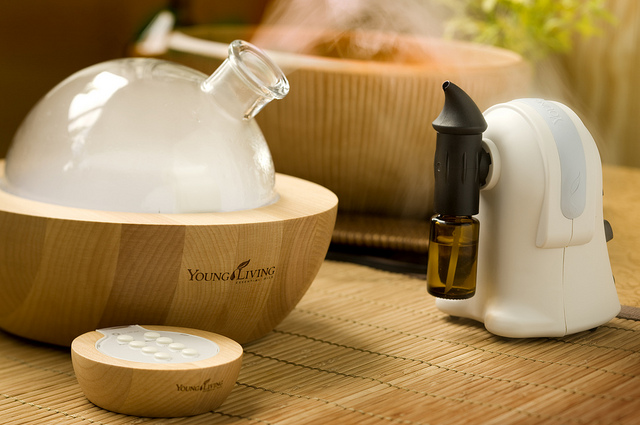 Use an ultrasonic diffuser. Young Living has several to choose from. When you became a wholesale customer by purchasing the Premium Starter Kit, you get a FREE Home Diffuser to get you started!
Use an ultrasonic diffuser. Young Living has several to choose from. When you became a wholesale customer by purchasing the Premium Starter Kit, you get a FREE Home Diffuser to get you started!
Another way to diffuse oils is to simply place a few drops in a spray bottle, fill it with water, and spray yourself or the air around you. A homemade cooling mist can be very refreshing if you happen to be outdoors on a hot summer day.
Also, you can simply put some essential oil into the palm of one hand, rub your hands together, cup your nose and mouth with both hands and inhale. These methods might be very effective for helping to open the airways and aid normal breathing. Use the “lung supporting oils,” such as RC, Raven, or Ravintsara.
General Cautions
- Keep essential oils away from eye area – dilute with whole milk or vegetable oil if any should get into eyes. Do NOT dilute with water.
- Avoid contact with mucus membranes.
- If drinking water with essential oils in it, do not use a plastic or Styrofoam cup! The oils will break down the plastic, which will leach into your drink. Also, essential oils “eat” petrochemicals. Don’t believe me? Try putting a drop on an inflated balloon!
- Do not put essential oils inside the ear canal.
- If pregnant, consult with your physician or midwife before using essential oils.
- If you have Epilepsy or a history of seizures, you may want to check with your doctor before using Fennel, Sage, Hyssop, Basil.
- If you have high blood pressure you may want to check with your doctor before using Pine, Hyssop, Rosemary, Sage, or Thyme.
- Consult your physician if you are on blood thinner medication.
- As a general rule, if you are on prescription medication, always consult your physician and/or pharmacist before using essential oils internally.
- Keep all essential oils out of the reach of children.
- When using essential oils for the first time, it is always best to do a skin test to make sure there are no sensitivities. If redness or skin irritation should occur, dilute area with vegetable oil.
- All citrus oils (lemon, orange, tangerine, grapefruit, bergamot, etc.), and any blend containing those essential oils, are photosensitizing; avoid sun or tanning bed exposure for 12 hours after applying these essential oils.
- I do not recommend using “spicy” essential oils in a bath or with a hot compress: Peppermint, Clove, Cinnamon, Thyme, Oregano, Thieves, Black Pepper, or Marjoram.
- Avoid use with homeopathic remedies: Rosemary, Eucalyptus, and Peppermint (menthol and camphor may antidote homeopathics, making them ineffective).
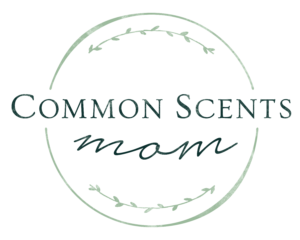

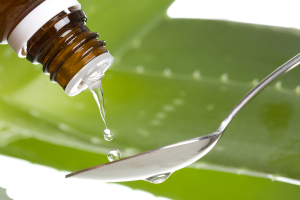
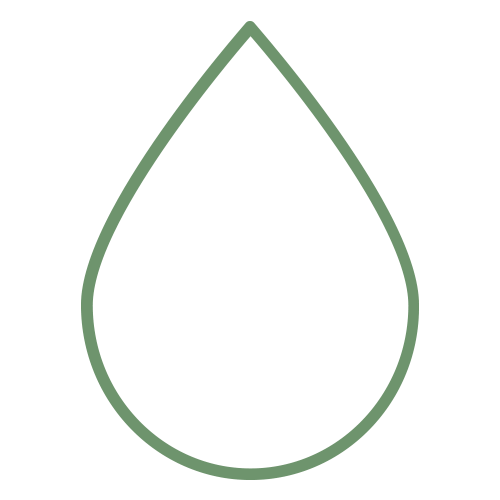




This Post Has One Comment
Great article on essential oils. Love your storage shelves. Did you make them? I’m up to 40 bottles of YL oils and must find a storage solution. Like yours the best out of all I’ve seen. Thanks!
Comments are closed.